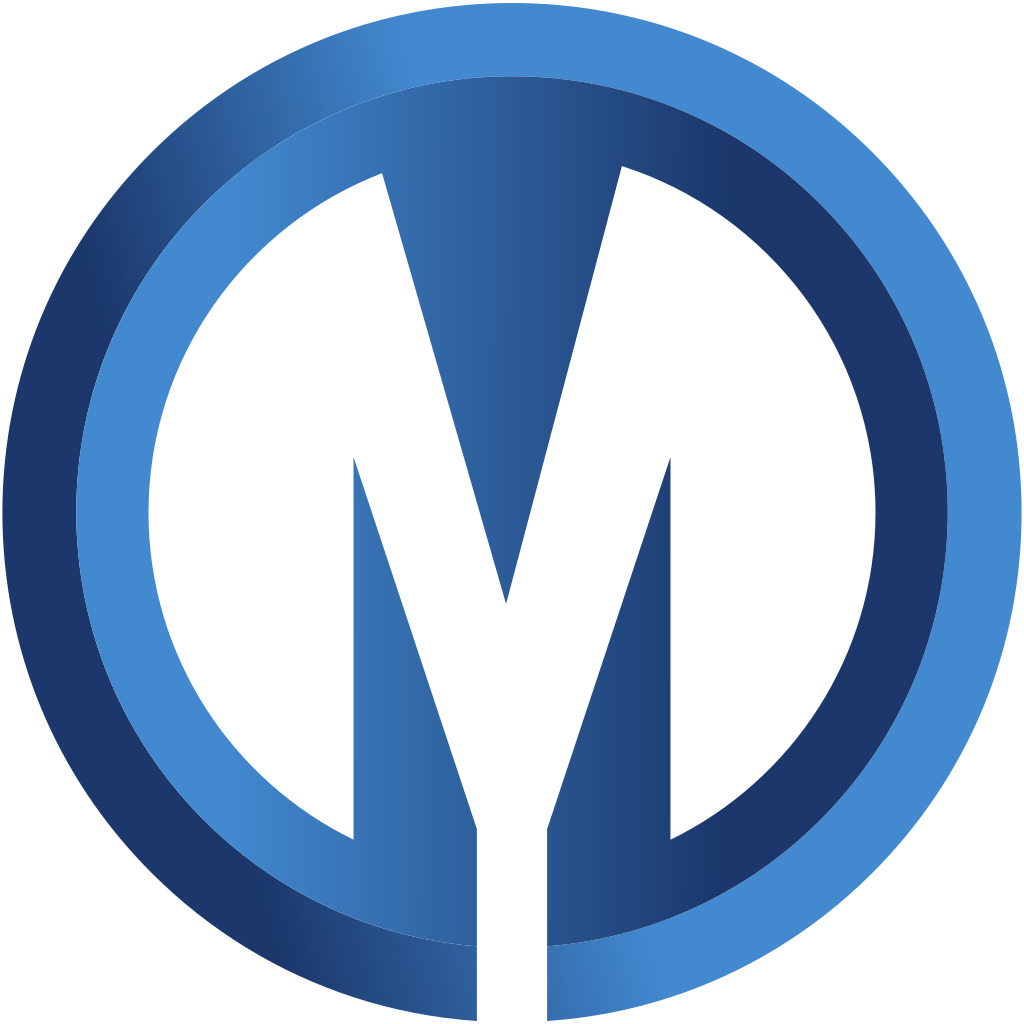Personal Protective Equipment for Clothing & Body Wear
Compliance with National Standards
Standards are not currently available for all types of protective clothing or body protection. Where such standards exist, only those items of protective clothing and equipment that meet NIOSH, ANSI, ASTM, or NFPA standards, as appropriate, may be used. Questions regarding the suitability of a specific item for a given hazard should be referred either to the manufacturer or to EHS.
Hazards
General Requirements
Departments will provide body protection for employees for the hazards in the work area to perform the jobs, if engineering or administrative controls have failed to eliminate these hazards.
Many types of protective clothing restrict airflow and inhibit evaporation of perspiration. Therefore, the risk of heat exhaustion or heat stroke may be increased with some types of protective clothing.
Employee training on the symptoms of heat and cold stress and the use of engineering controls (e.g. increasing ventilation), administrative controls (e.g. employee rotation), and personal protective equipment (e.g. cooling vests) may be essential to ensuring employee safety in hot and cold work environments.
Note: Except for extreme cold work environments, cold weather clothing is generally considered to be normal-wear clothing and is not covered by this program.

Types of Clothing and Body Protection
Protective Clothing Overview
The protective clothing provided must be constructed of material that will protect against the specific hazards in the workplace. The degree of body protection should be carefully considered since this category covers aprons to gastight suits. Materials used in protective clothing include paper-like fiber, treated wool and cotton, duck, leather, rubber/plastics, etc.
Coveralls
Coveralls are designed to protect personal clothing while on the job.
Lab Coats
Lab coats protect clothing and skin from dirt, inks, and chemicals. The effects of skin contact can range from relatively minor diseases such as dermatitis, to systemic poisoning, to risk of cancer, and death.
Barrier Gowns
Barrier gowns provide protection from Bloodborne pathogen splashes.
Chemical Resistant Disposable Suits
Chemical Resistant Disposable suits, such as Tyvek® or PVC-coated, protect against harmful particulates, some liquid chemicals and pathogens.
Aprons
Aprons come in a variety of materials to protect against a variety of hazards, such as chemicals, heat, sparks/slag, etc.
Chemical Suits
Chemical suits, used in hazardous material spills for example, are categorized by levels.
Arc-Rated Clothing (ARC)
Arc-Rated Clothing (ARC) clothing is treated to self-extinguish when removed from flame or ignition sources. Clothing includes undergarments, coveralls, lab coats, overalls, shirts, and pants.
Shock Protective Clothing
Shock Protective Clothing is designed to isolate the wearer from the electrical current. All equipment should be non-conductive materials and rated for the voltage.
Welding Clothing
Welding clothing is available in aprons or suits, and is typically made of leather to resist cuts, sparks, and slag.
Heat-Reflective Clothing
Heat-reflective clothing includes aluminized coats, pants, leggings, aprons, sleeves, gloves, and hoods. This type of clothing is designed to repel molten metal splash and reflect 90% of radiant heat.
Cooling Vests
Cooling vests have bladder inserts for ice packs, or are water-soak activated. They are beneficial in heat stress situations.
High-Visibility Clothing
High-visibility clothing comes in neon colors with reflective strips for work around traffic or other situations where the worker needs to be seen. Available in vests, jackets, bib overalls, insulated, waterproof, or lightweight.
Steel Mesh Aprons
Steel mesh aprons provide protection against cuts, slashes, and lacerations to the torso. They are typically worn in the meat-cutting industry.
Floatation Vests
Floatation vests are worn when working around water.

